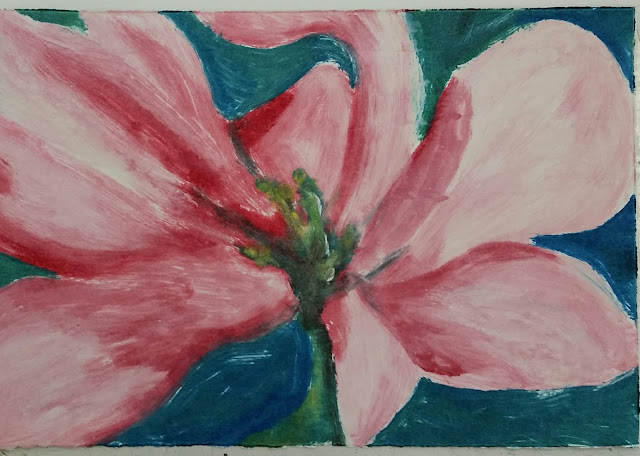I taught a monoprint workshop at the Lillstreet Art Center in Chicago on Saturday, and as usual, the students all produced some nice looking work. Even for people who have done some form of printmaking before, they are always surprised and pleased when they pull the first print from the plexiglass plate and see the unique marks that they've made.
First up, a contact (or trace) monoprint, in two colours:
Then a blazing full colour additive monoprint:
Now a ghost print (printed from the faint residue of ink left on the plexiglass plate after pulling the main print):
Bravo, students!
First up, a contact (or trace) monoprint, in two colours:
Then a blazing full colour additive monoprint:
Now a ghost print (printed from the faint residue of ink left on the plexiglass plate after pulling the main print):
Bravo, students!


